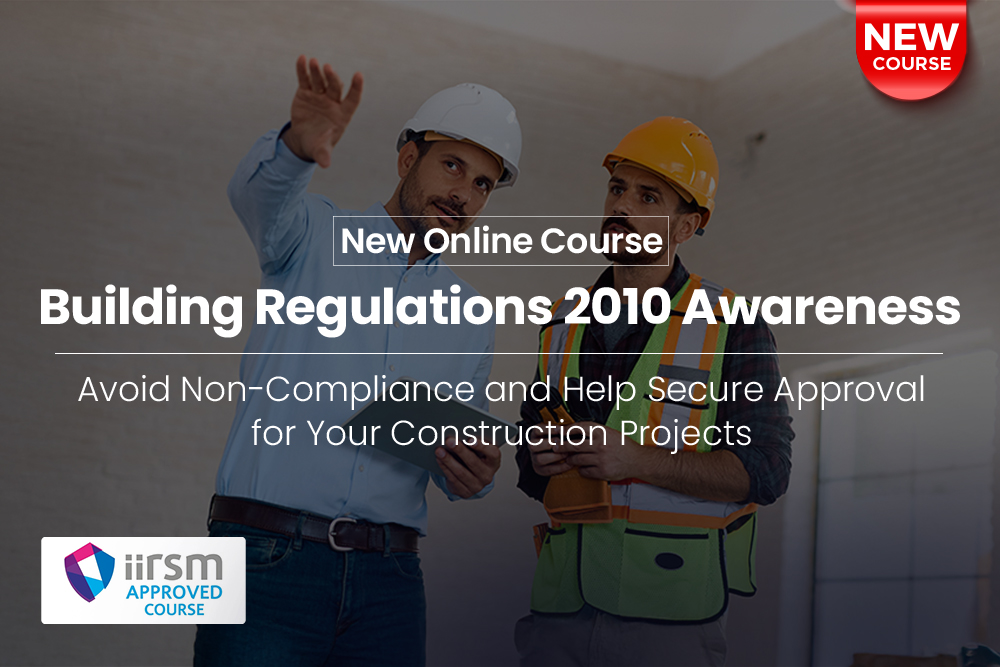
In my first in this series, I looked at how vital mental resilience is to mental health. Your mental resilience is your ability to overcome the difficulties. If those difficulties are potholes in the road, your mental resilience is a wheel made of many spokes. This week I am going to look at the second spoke in that wheel – relaxation for building mental health resilience.
How to Live Easefully
Relaxation is the opposite of tension.
Tension causes pains, aches and discomfort, usually for the back and shoulders. For all of us, situations can develop that cause us to worry. When we worry, changes in our breathing and the tension of our muscles bring on these bodily sensations, and contribute to our experience of nervousness and anxiety.
Benefits of Relaxation Strategies
Feeling calmer and more relaxed physically will help to decrease your worrying, make you better able to cope with worry, and reduce the nervous and anxious feelings that result from your worrying, as noted in the Relaxation and Stress Reduction Workbook, by Davis, Eshelman and McKay.
There are a variety of relaxation techniques you can learn that can help you to focus on both your breathing and on muscle relaxation.
Learning to relax takes time – at least half an hour per day for the first few weeks.
Using Breathing as a Guide
Most of the body’s mechanisms, including breathing, are automatically controlled, but we can also actively control our breathing. For example, we can hold our breath when swimming, or speed up our breathing when blowing up a balloon. Stress and our general mood (such as worrying) also affect our breathing. By learning how to maintain a calm and relaxed rate of breathing, it is possible to stop many of the unpleasant physical symptoms we experience when feeling nervous and worried.
To gain control of your breathing, it is important to know more about your rate of breathing. The rate of breathing when feeling calm and relaxed is around 10 to 14 breaths per minute. How does this compare to your rate of breathing generally, and then when you are worrying? (Count how many breaths per minute you take)
Notice How Your Breathe
To gain control of your breathing, it is also important to know more about your depth of breathing. Generally, when you breathe you either use ‘chest-breathing’ or, ‘stomach-breathing’.
Chest breathing: If you are troubled by nerves, worries, and anxiety in your life, chances are you’re a ‘chest-breather’. Chest-breathing is shallow and often irregular and rapid. Anxious people may experience breath-holding, hyperventilation, or shortness of breath when breathing in this manner.
Stomach breathing: This type of breathing fully engages your stomach, abdomen and diaphragm. You can practice this type of breathing simply by laying down with your hand on your stomach. Then breathing in deeply letting your stomach expand so your hand moves outward, whilst your chest remains still.
If you practice this type of breathing for five to 10 minutes several times a day, you will natural start to feel more relaxed.
























































































































































































































































































































































































































































































































































































































































































































































































